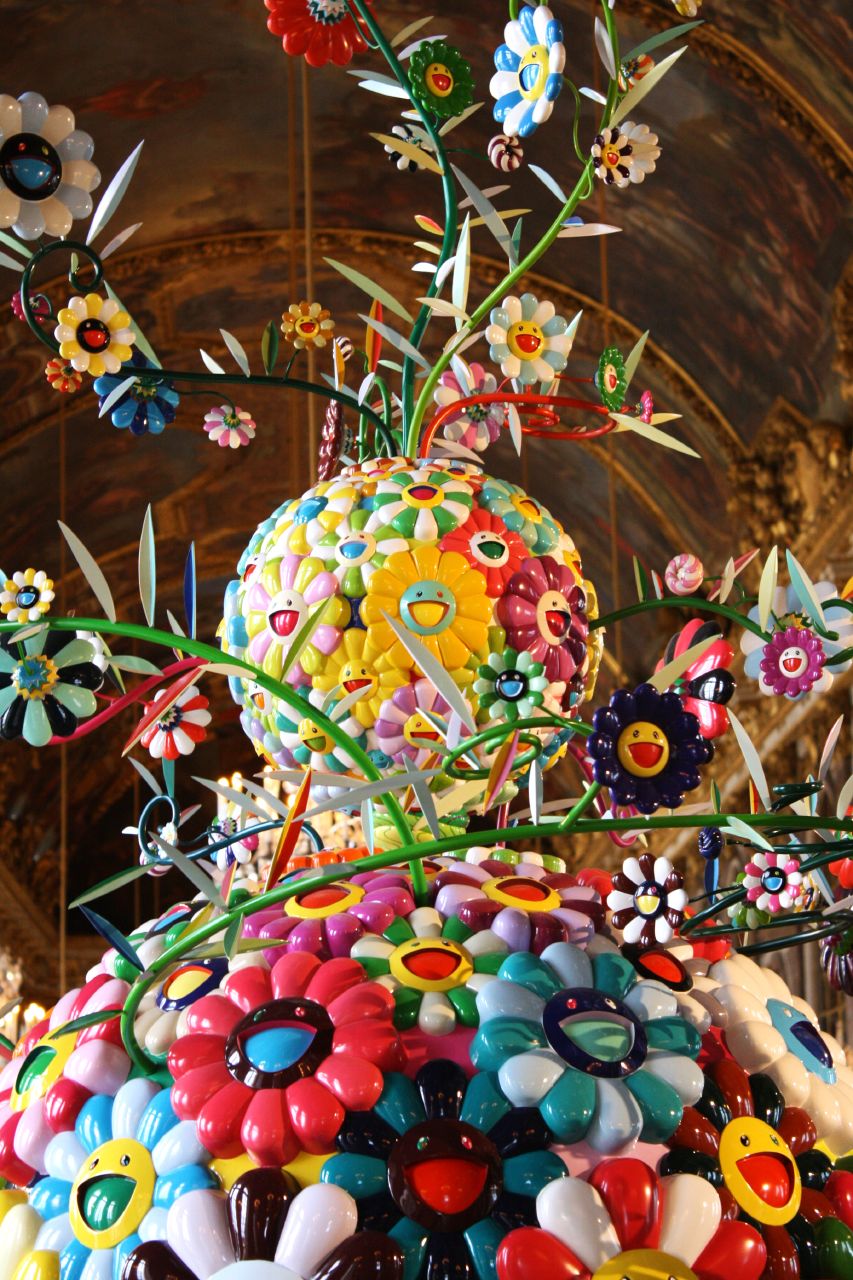
Contemporary sculpture has become a fascinating and innovative art form that challenges preconceived ideas about material, form, and concept. This piece dives deeper into the world of contemporary sculpture, concentrating on Takashi Murakami and Jeff Koons, two well-known artists who have had a major influence on the discipline.
In a nutshell, contemporary sculpture enthralls and challenges viewers, provoking reflection and questioning social standards. Contemporary sculptors work with a variety of materials, such as resin, fiberglass, found objects, and digital technologies, breaking free from the limitations of conventional mediums like marble and bronze. This is how they push the boundaries of sculpture.
Jeff Koons is recognized for his daring and mesmerizing works. He uses a variety of materials and techniques to create famous sculptures while fusing high art and popular culture. Koons’ artwork displays flawless beauty and a glossy, hyperreal aspect thanks to his painstaking attention to detail. His works use everyday objects, challenging preconceived assumptions of what constitutes art.
In Pink Panther, Jeff Koons represents an enduring cartoon character known for his cheeky and playful demeanor, portrayed in a larger-than-life form. The Pink Panther as interpreted by Koons is distinguished by its vivid pink hue, glossy, reflecting surface, and whimsical quality. The sculpture exemplifies Koons’ distinctive style, which is frequently characterized by the blending of high and low culture, as he turns a commonplace item into a massive work of art.
In essence, questioning conventional ideas of artistic merit, Koons renders Pink Panther to bring a sense of humor and whimsy to the art world. By embracing such a well-known pop culture allusion, he starts a conversation on the nexus of the arts, consumerism, and the media. With its commanding presence, the work perfectly encapsulates Koons’ investigation of popular culture and allows viewers to interact with both nostalgia and contemporary art.
Another prominent name, Takashi Murakami fuses contemporary culture and manga with traditional Japanese aesthetics to create sculptures that blend vivid colors, complicated patterns, and amusing motifs. His figures are depicted in a “Superflat” style that straddles the boundary between cuteness and grotesqueness.
The artist uses the flower motif in his works in a unique and alluring way. The Takashi Murakami flower embraces a special mix of contemporary pop culture and traditional Japanese aesthetics. He gives the flowers a sense of dynamism and vigor through his vivid and vivacious portrayals, imbuing them with a life force that exudes from his canvases.
Murakami turns his flowers into symbolic beings that act as gateways into his magical universes. The artist’s flowers are aesthetically appealing due to their dazzling colors and intricate details. In addition to catching the sight of the viewer, their complicated patterns and exaggerated forms often arouse feelings of excitement, playfulness, and occasionally subversion.
Murakami’s flower motif challenges our perceptions of beauty and encourages us to investigate the complex relationships between art, nature, and popular culture. He examines issues of beauty, spirituality, and cultural identity, fusing Western and traditional Japanese influences.
Contemporary sculpture is diverse and innovative, as demonstrated by both Koons and Murakami. Their efforts to push limits and subvert norms are a reflection of the art form’s ongoing evolution.
Photo Credit: “Murakami in the Hall of Mirrors, Versailles” by Dimitry B.


I really like reading through a post that can make men and women think. Also thank you for allowing me to comment!
Definitely what a great blog and instructive posts I definitely will bookmark your site.All the Best!
Hi there to all for the reason that I am genuinely keen of reading this website’s post to be updated on a regular basis. It carries pleasant stuff.
Wonderful post! We will be linking to this great article on our site. Keep up the great writing
Good post! We will be linking to this particularly great post on our site. Keep up the great writing
Good article with great ideas! Thank you for this important article. Thank you very much for this wonderful information.
You have noted very interesting details! ps decent web site.
As I website owner I believe the content material here is really good appreciate it for your efforts.
Hi there to all for the reason that I am genuinely keen of reading this website’s post to be updated on a regular basis. It carries pleasant stuff.
There is some nice and utilitarian information on this site. watch newsmax online
Superb post however I was wanting to know if you could write a litte more on this topic? I’d be very grateful if you could elaborate a little bit more.
Nice post. I learn something new and challenging on blogs I stumbleupon on a daily basis.
Good article with great ideas! Thank you for this important article. Thank you very much for this wonderful information.
This was beautiful Admin. Thank you for your reflections.
Pretty! This has been a really wonderful post. Many thanks for providing these details. Watch bbc persian lıve
There is definately a lot to find out about this subject. I like all the points you made
I m going to bookmark your web site and maintain checking for brand spanking new information.
I m often to blogging and i really appreciate your content. The article has actually peaks my interest.
naturally like your web site however you need to take a look at the spelling on several of your posts.